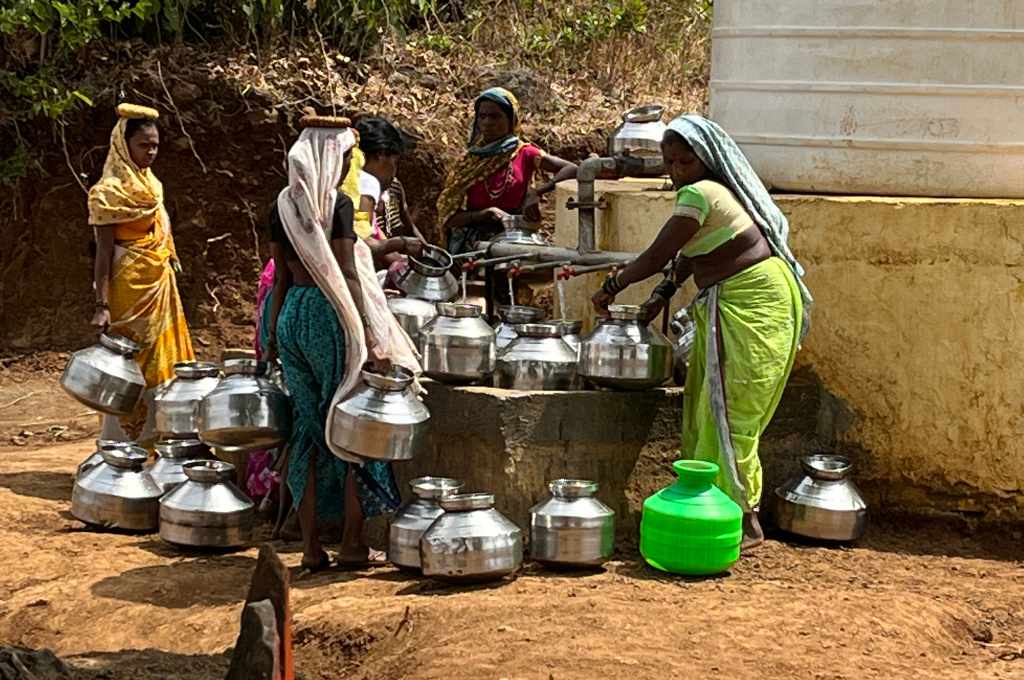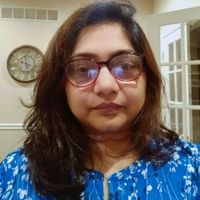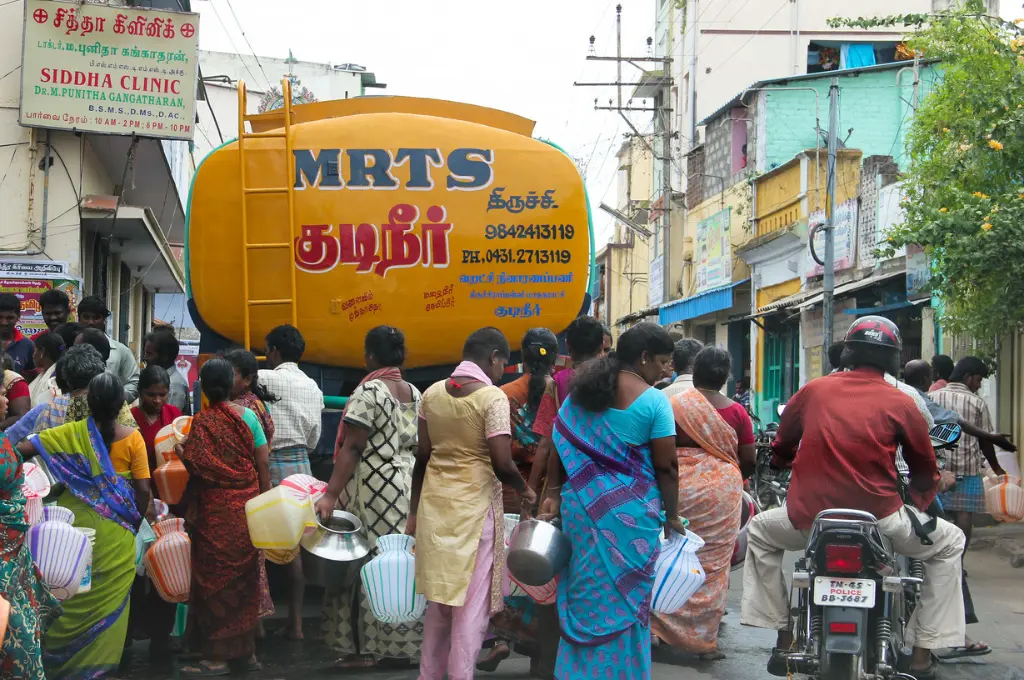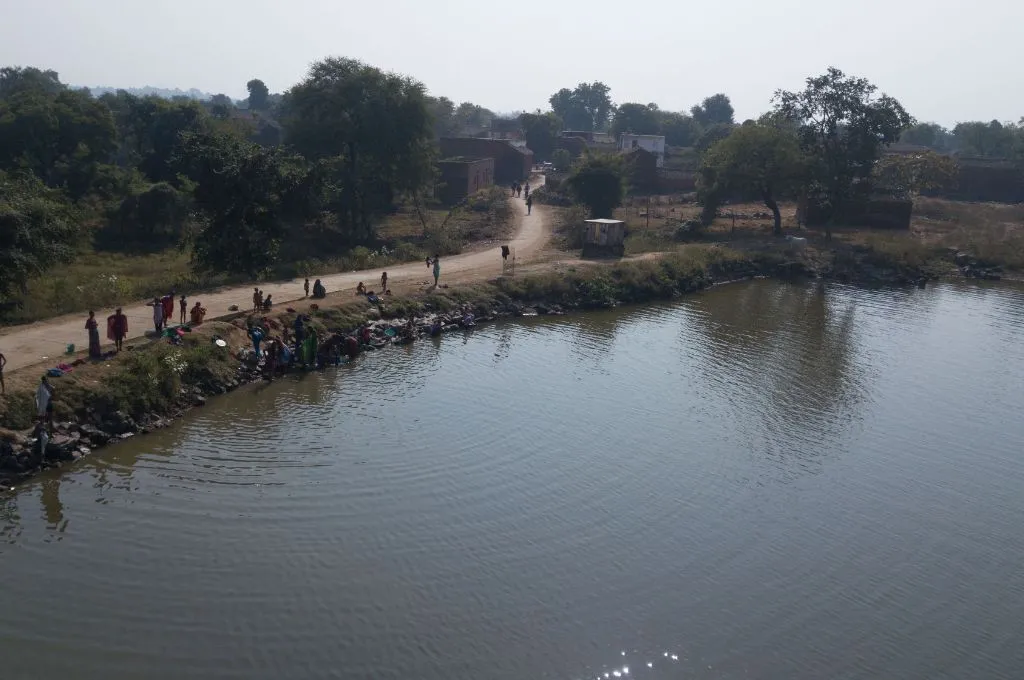Market watchers who state that water is the new gold will find a sympathetic ear among residents of Surgana taluka, Nashik. In the last few years, villagers here have kept their community tank, with back-up water supply, under lock and key. The tank, fed by a new rainwater harvesting system, is sheltered from sunlight so the water doesn’t turn into air. They know the consequences of that too well.
For decades until 2021, the Adivasi hamlets of Mahismal, Galwad, Deola, Kahandolsa, Palshet, and Shirishpada in Surgana block lived in extreme water scarcity. They had almost no water for domestic use for six to eight months every year. Women trudged for kilometres several times a day, and night, to collect water from a single source. Accessing water for basic needs was a challenge—children often missed school or attended classes with poor personal hygiene, villagers lost wage hours and suffered from several water-related health issues. The reputation of this cluster was such that nobody wanted to marry their daughters into families from these villages.
In 2019, a newspaper article highlighted how women from the region made regular midnight treks to collect drinking water. The article quoted Paribai Waghmare, a 60-year-old who came to Mahismal from Gujarat when she got married. After spending a majority of her married life focused on collecting water—either from a nala or from tankers—she thinks access to water is more precious than gold. The article prompted Hindustan Unilever Foundation (HUF) to take action by partnering with BAIF Development Research Foundation so they could identify and implement a scientific and sustainable solution to address the problem.
The know-how
Surgana is the very picture of extremes. In the monsoon, it is almost impossible to imagine just how dry the summer months are. Though the area receives up to 1,800 mm of rainfall a year, it has poor groundwater recharge potential. A technical assessment of the terrain, soil, and water revealed that this is due to the shallow soil depth and the formation of hard rock that does not allow water to percolate. Kumud Joshi, technical programme lead at HUF, explains, “Because of the steep slope and hard rock, the water drains off instead of soaking into the ground.”

To improve water access in the region, a long-term, multi-pronged plan was required. Given the undulating topography of the region, a ridge-to-valley approach was adopted to retain surface as well as underground water. The study predicted ideal locations for water conservation structures such as trenches and bunds that would help water percolate into the soil and recharge groundwater and existing water bodies. In addition, a detailed plan to repair, strengthen, and increase the capacity of existing water bodies was also prepared—wells were deepened and lakes were desilted.
Along with reviving community water structures, BAIF promoted rainwater harvesting at the community and individual level. Galwad, Mahismal, and Kahandolsa have community rooftop rainwater harvesting tanks with a capacity of one lakh litres each. Many households also have individual rooftop rainwater harvesting tanks. “One family can store approximately 5,000 litres and use it when everything else dries up,” says Suresh Sahane, programme manager at BAIF.
While these interventions have been used elsewhere, their success in Surgana depended on their localisation and customisation to the unique needs of the community.
People power
To ensure sustainability of the solutions, community involvement and ownership were critical. BAIF mobilised the communities, especially women, in meetings and discussions throughout the process. “We did not get their trust immediately, but won it gradually once we could prove that these solutions work. For instance, in Deola, the water level rose within 25 days of the treatment. This persuaded residents that it could work,” Suresh says.
The community banded together to secure a no objection certificate (NOC) from the Forest Department, because part of the pipeline passed through the forest. They gathered by the hundreds to ensure it was laid. Again, when it needed an extension, they contributed with shramdaan (voluntary labour), spending hours of labour on it.
Once operational, the system was handed over to the gram panchayats. Each resident pays INR 450 as annual charges for maintenance of these structures. This is a fraction of what they used to pay for the tankers earlier. Every village instated a water committee, with representation of women and key stakeholders from the community such as anganwadi sevikas and arogya sevikas. “In Galwad, the committee has four members apart from the gram sevak, and two of these are women. We decide the hours during which water will be available for collection. There are no fights over the distribution,” says Prakash Devrang Warde, a member of the water committee in Galwad. The secret to the project’s success lies in this sense of collaboration and ownership.
Wells and ponds that used to run dry by December now have water until June. This has set off demand for these solutions from nearby rural clusters in hilly terrains that face similar challenges. Paribai is happy and relaxed. “Now I can walk to the tap in a couple of minutes any time of the day. It is like amrut (nectar) to me,” she says.
—
Know more
- Explore India Water Portal to learn more about water and related issues.
- Learn about India’s water crisis through this listicle.






